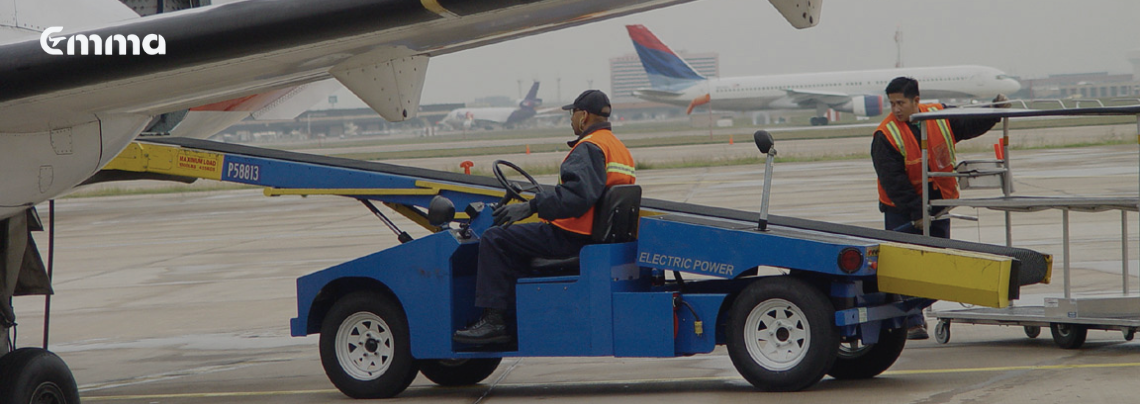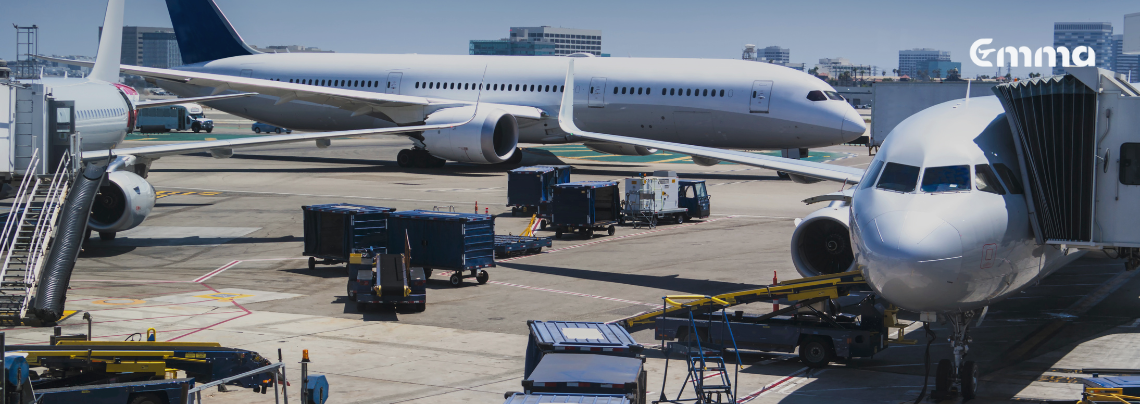Travel Anxiety Starts Well Before Entering the Airport

By Jean Luc Devisscher
5/2/2025
Did you know that 63% of travelers experience anxiety before even stepping into the airport? At first, I found this statistic surprising, but the more I thought about it, the more I realized I’m no different.
Growing up, I watched my father travel weekly for work. Despite having over 100 flights under his belt, he was as nervous before his last flight as he was before his first. His biggest worry? FOMF—Fear of Missing a Flight. It was a constant battle, one that drove him to arrive at the airport ridiculously early, with plenty of time for a drink or snack.
The main culprits of his anxiety?
- Traffic jams on the way to the airport.
- Finding a parking spot.
Even today, many airports haven’t caught up when it comes to parking. There’s often no clear guidance on available spaces, and you’re left guessing how far your lot is from the terminal. It’s a stressful way to start any trip.
Why Do Airports Add to Travel Anxiety?
The journey to the airport is riddled with uncertainty. Will traffic delays make you late? Is there a parking spot waiting for you? Will you have to sprint across endless parking lots just to make it to the terminal in time? For many travelers, this stressful start sets the tone for the entire trip.
But it doesn’t have to be this way. Airports could do so much more to ease travel anxiety. Here are a few simple ways they could help passengers relax and actually enjoy their trip:
Tips for Airports to Reduce Travel Anxiety
- Develop a Smart Travel App with Google Maps Integration.
Airports could enhance their apps by integrating Google Maps or similar tools to provide real-time traffic updates. This integration would enable travelers to plan their journey with precision, offering live information on delays, construction, or congestion. It could also include public transport options, showing train schedules, expected travel times, and even platform changes. Combined with airport data, this app could calculate how long it will take to reach the terminal and suggest the best time to leave.
- Real-Time Parking Updates.
How great would it be to know, before you even leave home, where parking spaces are available? Airports could offer live updates on available parking spots, along with navigation directions to reach them. Even better, they could allow travelers to reserve parking in advance, ensuring peace of mind.
- Integrated Alerts from the Operations Center.
An airport’s Operations Center should monitor travel issues—whether by road or rail—and notify app users of any disruptions. Imagine getting a notification: “Expect a 15-minute delay on the main highway to the airport due to an accident. Leave earlier or consider an alternate route.” Or, “Train services to the airport are delayed by 20 minutes. Adjust your departure time accordingly.” This kind of proactive communication could transform the traveler experience.
Beyond Basic Information
Right now, most airport websites are full of generic, outdated information, disconnected from what’s actually happening around the airport. But airports have access to vast amounts of data. By leveraging this data and collaborating with key stakeholders (like public transport providers and parking services), they could create a fully integrated, real-time travel experience.
The Bigger Picture
Reducing pre-airport anxiety isn’t just about convenience—it’s about creating a positive travel experience from start to finish. When airports use their resources to guide passengers, anticipate issues, and provide solutions, they become more than just gateways to destinations. They become partners in the joy of travel.
So, to all the airports out there: Let’s start making it easier for travelers. Let’s bring down anxiety and create a seamless, stress-free journey—for everyone.



